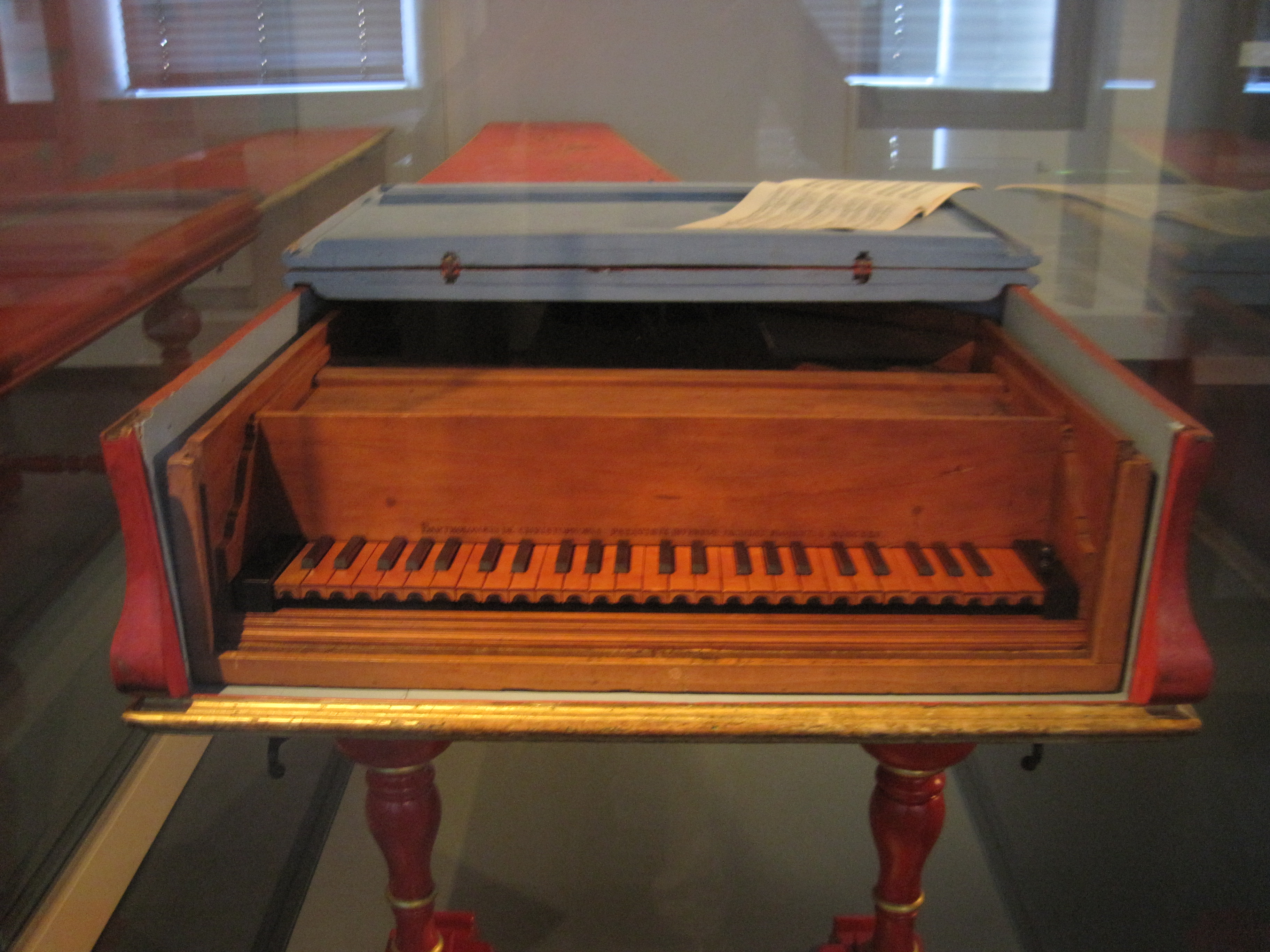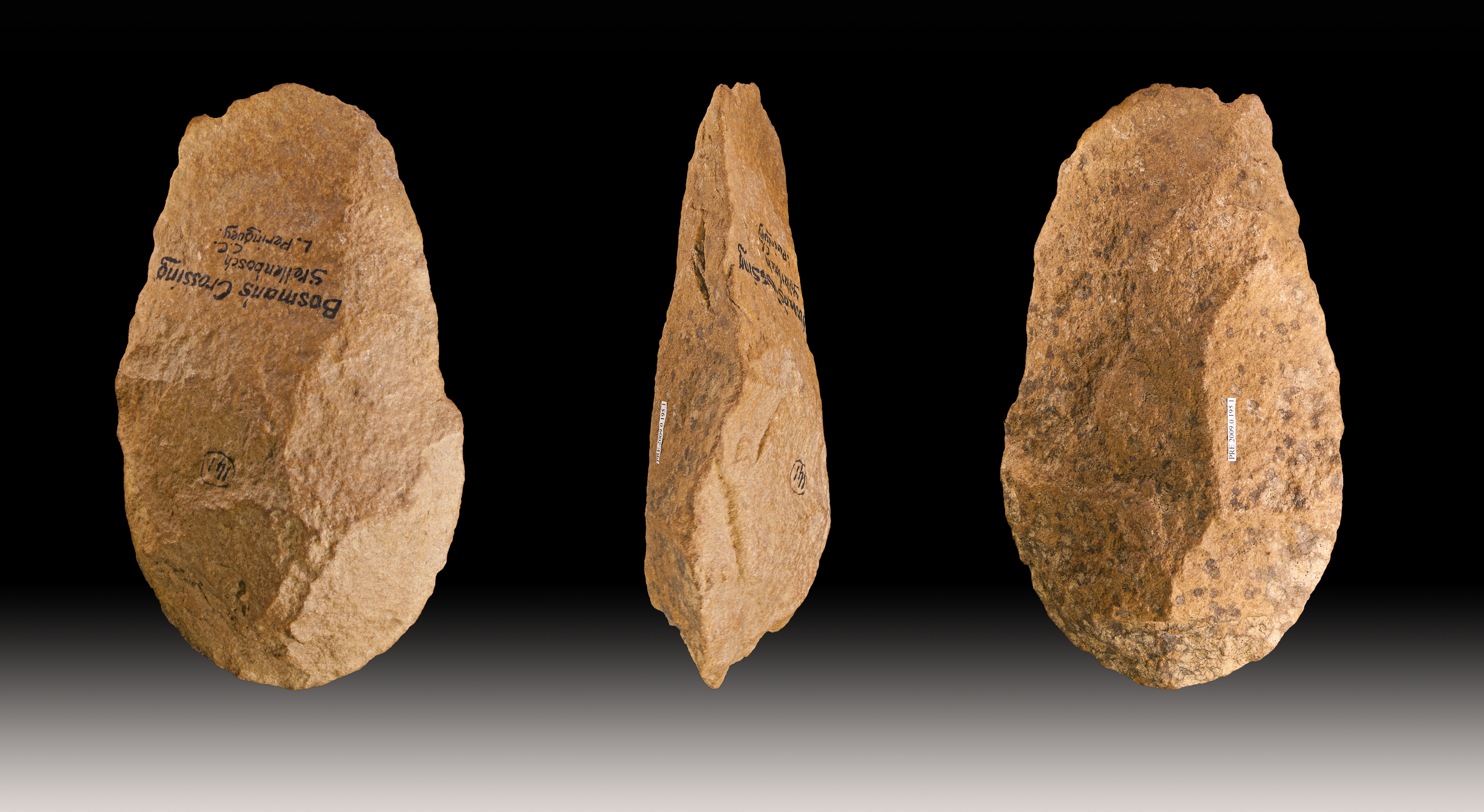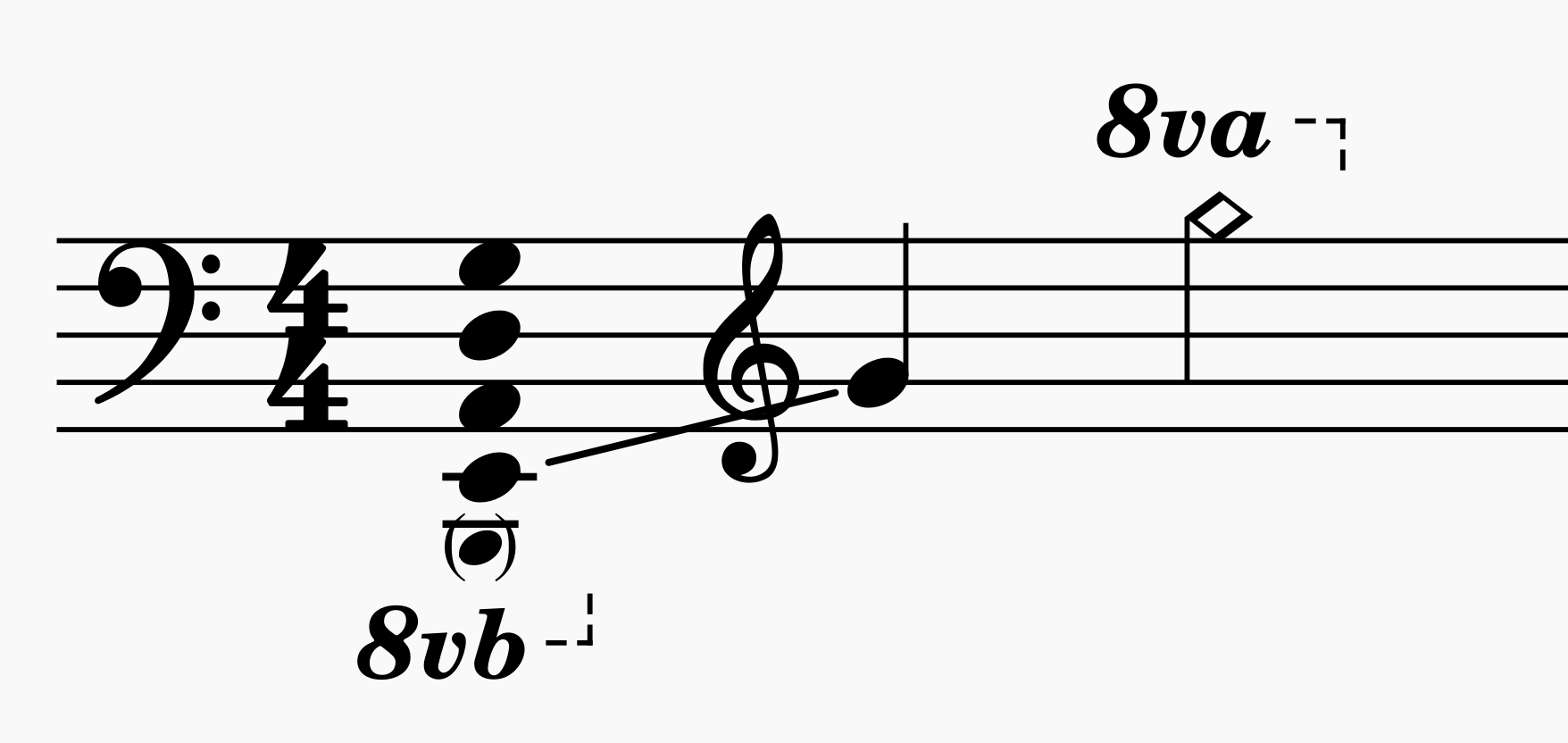|
Boer Music
Boeremusiek (Afrikaans: ‘Boer music’ or 'Farmer's music') is a predominantly instrumental form of folk music that originated in South Africa. Initially intended to accompany informal social dancing, Boeremusiek developed through a fusion of European, African, and American musical traditions. While it remains a symbol of white Afrikaans-speaking South Africans, particularly among rural and working-class communities, the genre carries complex socio-political associations. History Boeremusiek evolved from a combination of 19th-century European dance forms like the waltz, mazurka, polka, and schottische, along with influences from indigenous South African music, blackface minstrelsy, and early 20th-century American and British dance hall music. Despite its hybrid origins, Boeremusiek became closely associated with white, Afrikaans-speaking communities, especially during the early 20th century and the apartheid era. The term "Boeremusiek" was popularized during the 1938 centenary ... [...More Info...] [...Related Items...] OR: [Wikipedia] [Google] [Baidu] |
South Africa
South Africa, officially the Republic of South Africa (RSA), is the Southern Africa, southernmost country in Africa. Its Provinces of South Africa, nine provinces are bounded to the south by of coastline that stretches along the Atlantic Ocean, South Atlantic and Indian Ocean; to the north by the neighbouring countries of Namibia, Botswana, and Zimbabwe; to the east and northeast by Mozambique and Eswatini; and it encloses Lesotho. Covering an area of , the country has Demographics of South Africa, a population of over 64 million people. Pretoria is the administrative capital, while Cape Town, as the seat of Parliament of South Africa, Parliament, is the legislative capital, and Bloemfontein is regarded as the judicial capital. The largest, most populous city is Johannesburg, followed by Cape Town and Durban. Cradle of Humankind, Archaeological findings suggest that various hominid species existed in South Africa about 2.5 million years ago, and modern humans inhabited the ... [...More Info...] [...Related Items...] OR: [Wikipedia] [Google] [Baidu] |
Piano
A piano is a keyboard instrument that produces sound when its keys are depressed, activating an Action (music), action mechanism where hammers strike String (music), strings. Modern pianos have a row of 88 black and white keys, tuned to a chromatic scale in equal temperament. A musician who specializes in piano is called a pianist. There are two main types of piano: the #Grand, grand piano and the #Upupright piano. The grand piano offers better sound and more precise key control, making it the preferred choice when space and budget allow. The grand piano is also considered a necessity in venues hosting skilled pianists. The upright piano is more commonly used because of its smaller size and lower cost. When a key is depressed, the strings inside are struck by felt-coated wooden hammers. The vibrations are transmitted through a Bridge (instrument), bridge to a Soundboard (music), soundboard that amplifies the sound by Coupling (physics), coupling the Sound, acoustic energy t ... [...More Info...] [...Related Items...] OR: [Wikipedia] [Google] [Baidu] |
Steve Hofmeyr
Steve Hofmeyr (born 29 August 1964) is a South African musician, writer and actor known for his prominence in the Afrikaans music scene. Outside of music, he is best known for his long-running role as Doug Durand on Egoli: Place of Gold, as well as his controversial statements and turbulent private life. Early life and education Hofmeyr was born on 29 August 1964 in Pretoria, the eldest of five boys to parents Stephanus Johannes Hofmeyr and Catharina Olivier. His grandfather whom he is named after, Steve Hofmeyr Sr., was a leader in the Ossewabrandwag. Receiving his primary school education in Pretoria and Hennenman, he later attended Grey College, Bloemfontein, Grey College in Bloemfontein and underwent South African Defence Force, compulsory military service for two years following graduation. He studied drama at the Tshwane University of Technology, Technikon Pretoria, but dropped out in 1986 to focus on his acting career. Controversies and legal issues News Cafe Controvers ... [...More Info...] [...Related Items...] OR: [Wikipedia] [Google] [Baidu] |
Radio Kalahari Orkes
Die Radio Kalahari Orkes (English: The Radio Kalahari Orchestra) is a South African band, fronted by actor Ian Roberts, performing a mix of musical styles, focusing on Cape Malay and traditional Afrikaans styles. With authentic acoustic instruments such as tin guitar, harmonica, banjo, mandolin, violin and accordion, they had by 2011 produced the albums ''Stoomradio'', ''Die Nagloper'', ''Opgestook'', ''Heuningland'', and a "greatest hits" album, ''Grootste Treffers''. In 2017 a new album came out, ''Mamba''. Their collaborations include work with Chris Chameleon, Valiant Swart Valiant Swart (born Pierre Nolte, 25 November 1965), is a South African musician, Afrikaans folk rock singer-songwriter, and actor from Wellington. Career Born in Wellington, he resided in Stellenbosch. In 1977, at 11 years old, Valiant was giv ... and Jack Parow, and they sometimes perform songs by Rian Malan. [...More Info...] [...Related Items...] OR: [Wikipedia] [Google] [Baidu] |
Mbaqanga
Mbaqanga () is a style of South African music that emerged in the early 1960s in the urban townships, particularly around Johannesburg. It draws from a variety of ethnic traditions, including Zulu, Xhosa, Sotho, Pedi, and Tsonga musical elements. Mbaqanga blends traditional South African vocal harmonies, rhythmic patterns, and dance styles with influences from marabi, kwela, and Western popular music such as jazz. It continues to influence musicians both in South Africa and globally. History In Zulu, the term ''mbaqanga'' means an everyday cornmeal porridge. ''Mbaqanga'' aficionados were mostly plebeian, metropolitan African jazz enthusiasts. Many of them were not permitted to establish themselves in the city, but they were unable to sustain themselves in the rural country. ''Mbaqanga'' gave them a staple form of musical and spiritual sustenance; it was their "musical daily bread."Coplan, David B. "Sounds of the 'Third Way:' Identity and the African Renaissance in Contemporar ... [...More Info...] [...Related Items...] OR: [Wikipedia] [Google] [Baidu] |
Nico Carstens
Nicolaas Cornelius Carstens (10 February 1926 – 1 November 2016), commonly known as Nico Carstens, was a South African composer, accordionist, and bandleader. Early life Born, 10 February 1926, in Cape Town of Afrikaner parents, Carstens got his first accordion at the age of 13 and won an adult music competition six months later. He composed his first music piece at the age of 17. Career Carstens' most famous song "Zambezi" became a world hit and has been recorded by artists such as Eddie Calvert, Acker Bilk, Bert Kaempfert, The Shadows, James Last, Chet Atkins, Floyd Cramer and Johnny Dankworth. In 1982, The Piranhas took it to number 17 in the UK. Other versions of Carstens' compositions have been recorded by Horst Wende, Henri René, Geoff Love and bands in Australia, Italy and Poland. Carstens wrote and performed music which spanned the various cultures of South Africa. He drew inspiration from various sources, including Cape Malay, Black Township and indigenous Sout ... [...More Info...] [...Related Items...] OR: [Wikipedia] [Google] [Baidu] |
Ghoema
Cape Malays (, in Arabic script) also known as Cape Muslims or Malays, are a Muslim community or ethnic group in South Africa. They are the descendants of enslaved and free Muslims from different parts of the world, specifically Indonesia (at that time known as the Dutch East Indies) and other Asian countries, who lived at the Cape during Dutch and British rule. Although early members of the community were from the Dutch colonies of Southeast Asia, by the 1800s, the term "Malay" encompassed all practising Muslims at the Cape regardless of origin. Since they used Malay as a ''lingua franca'' and language of religious instruction, the community began to be referred to as Malays. Malays are concentrated in the Cape Town area. The community played an important role in the history of Islam in South Africa, and its culinary culture is an integral part of South African cuisine. Malays helped to develop Afrikaans as a written language, initially using an Arabic script. "Malay" w ... [...More Info...] [...Related Items...] OR: [Wikipedia] [Google] [Baidu] |
Stellenbosch
Stellenbosch (; )A Universal Pronouncing Gazetteer. Thomas Baldwin, 1852. Philadelphia: Lippincott, Grambo & Co.A Grammar of Afrikaans. Bruce C. Donaldson. 1993. Berlin: Walter de Gruyter. is a town in the Western Cape province of South Africa, situated about east of Cape Town, along the banks of the Eerste River at the foot of the Stellenbosch Mountain. The town became known as the City of Oaks or ''Eikestad'' in Afrikaans and Dutch language, Dutch due to the large number of oak trees that were planted by its founder, Simon van der Stel, to grace the streets and homesteads. [...More Info...] [...Related Items...] OR: [Wikipedia] [Google] [Baidu] |
Potchefstroom
Potchefstroom ( ; ), colloquially known as Potch, is an college town, academic city in the North West (South African province), North West Province of South Africa. It hosts the Potchefstroom Campus of the North-West University. Potchefstroom is on the Mooi River (Vaal), Mooirivier (Afrikaans for "pretty river"), roughly west-southwest of Johannesburg and east-northeast of Klerksdorp. Etymology Several theories exist about the origin of the city's name. According to one theory, it originates from ''Potgieter'' + ''Chef'' + ''stroom'' (referring to Voortrekker leader and town founder Andries Potgieter; "chef" indicates the leader of the Voortrekkers, and "stroom" refers to the Mooi River (Vaal), Mooi River). Geoffrey Jenkins writes, "Others however, attribute the name as having come from the word 'Potscherf', meaning a shard of a broken pot, due to the cracks that appear in the soil of the Mooi River Valley during drought resembling a broken pot". M. L. Fick suggests that ... [...More Info...] [...Related Items...] OR: [Wikipedia] [Google] [Baidu] |
Bass Guitar
The bass guitar (), also known as the electric bass guitar, electric bass, or simply the bass, is the lowest-pitched member of the guitar family. It is similar in appearance and construction to an Electric guitar, electric but with a longer neck (music), neck and scale length (string instruments), scale length. The electric bass guitar most commonly has four strings, though five- and six-stringed models are also built. Since the mid-1950s, the bass guitar has replaced the double bass in popular music due to its lighter weight, smaller size, most models' inclusion of Fret, frets for easier Intonation_(music), intonation, and electromagnetic pickups for amplification. Another reason the bass guitar replaced the double bass is because the double bass is "acoustically imperfect" like the viola. For a double bass to be acoustically perfect, its body size would have to be twice as that of a cello rendering it unplayable, so the double bass is made smaller to make it playable. The elect ... [...More Info...] [...Related Items...] OR: [Wikipedia] [Google] [Baidu] |


